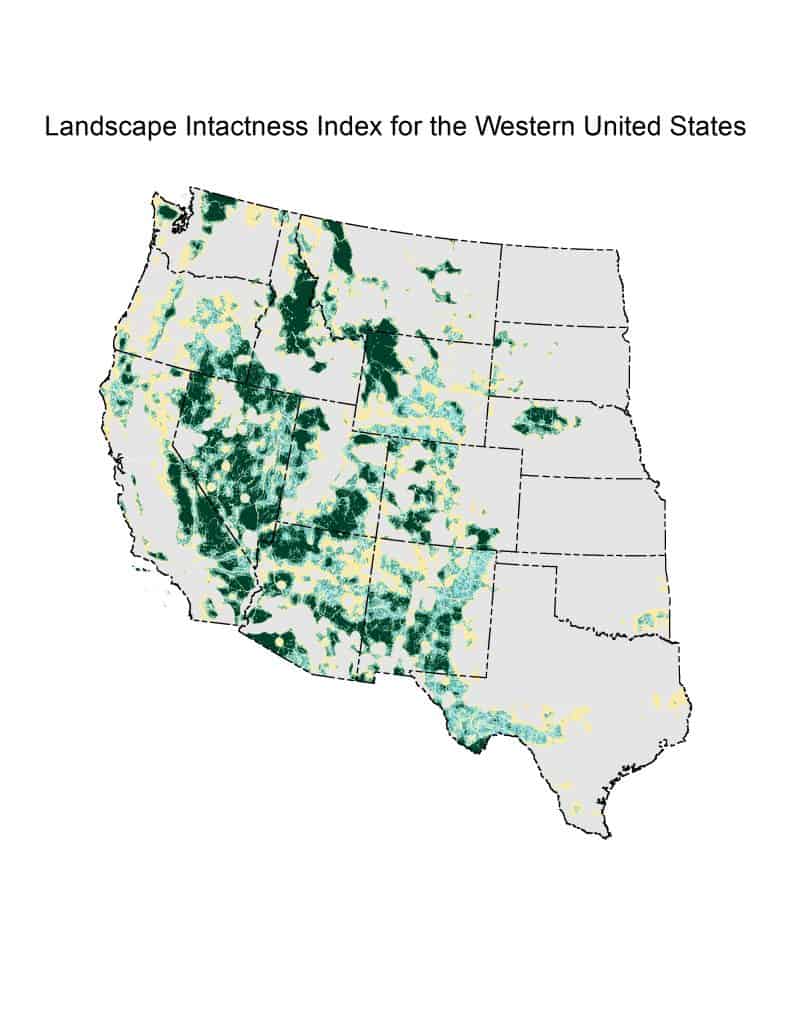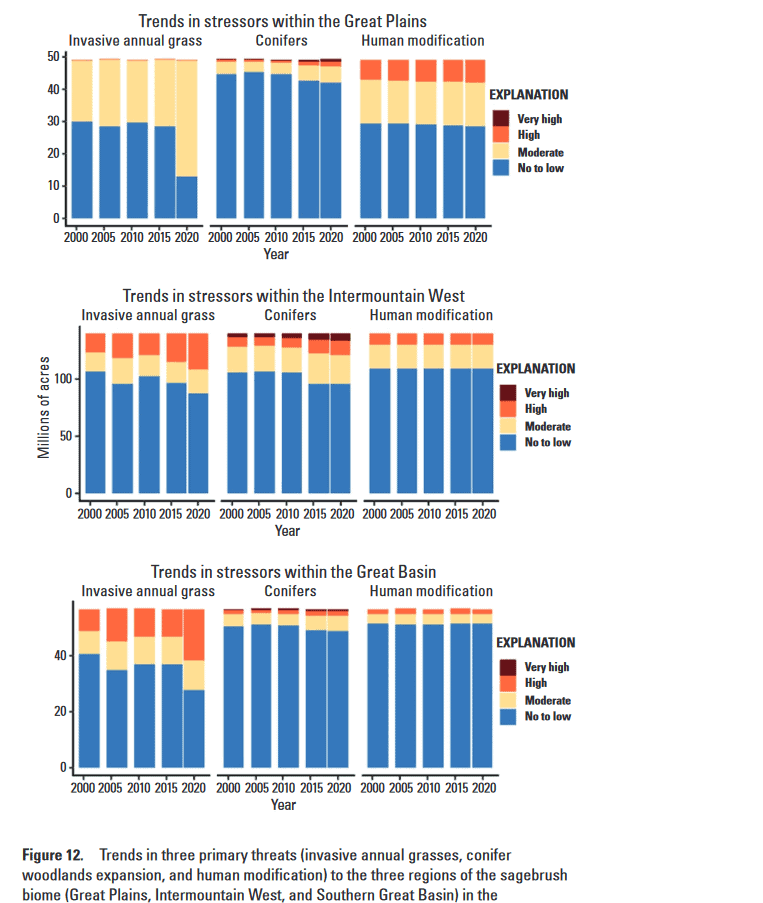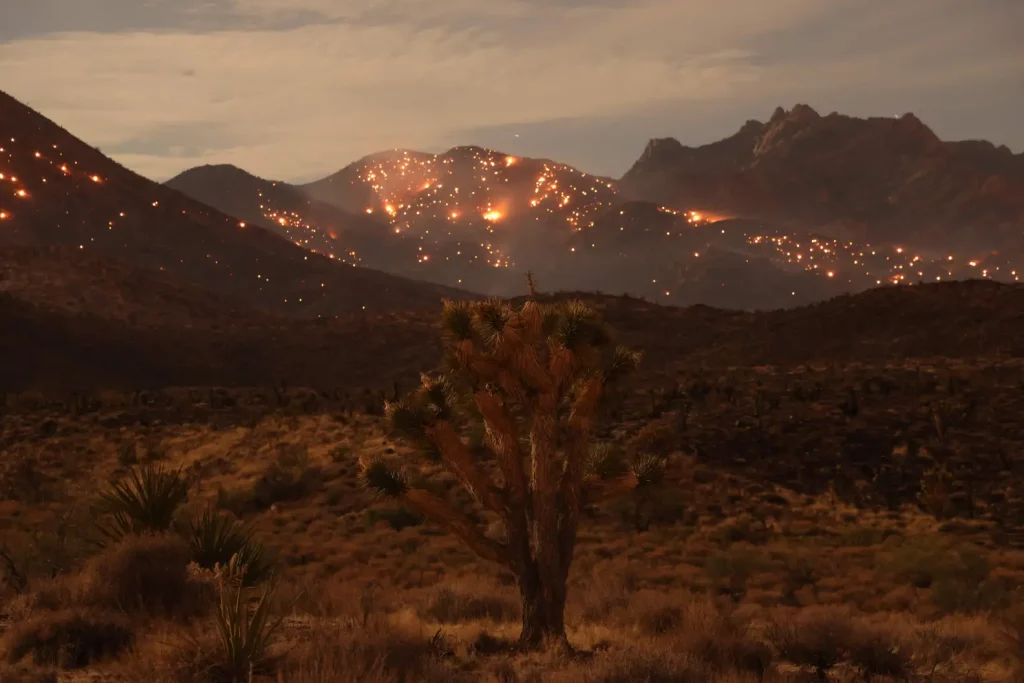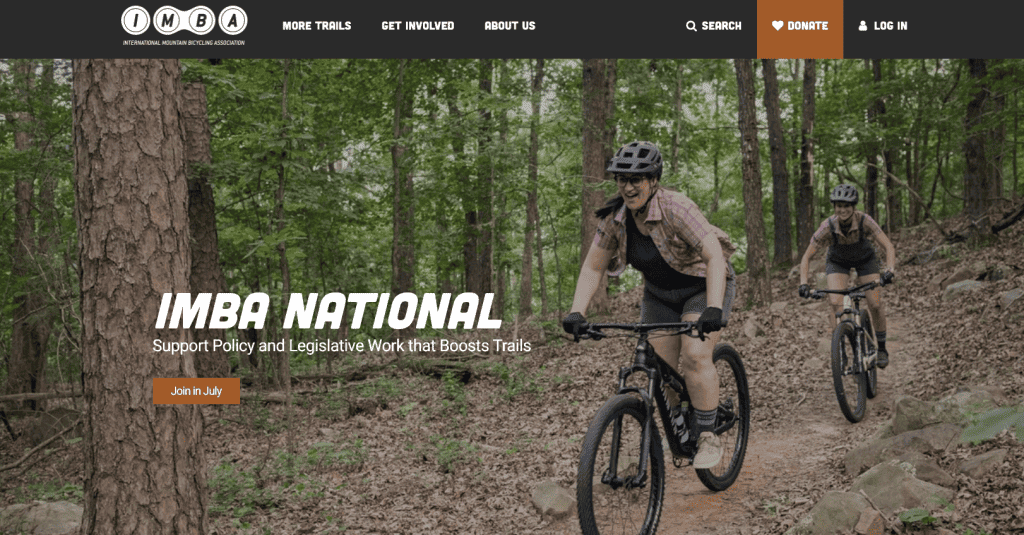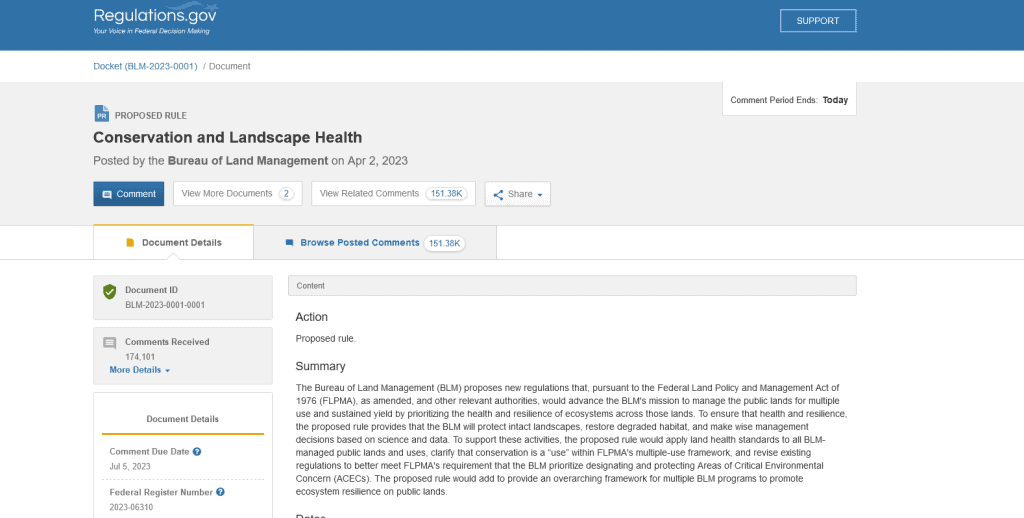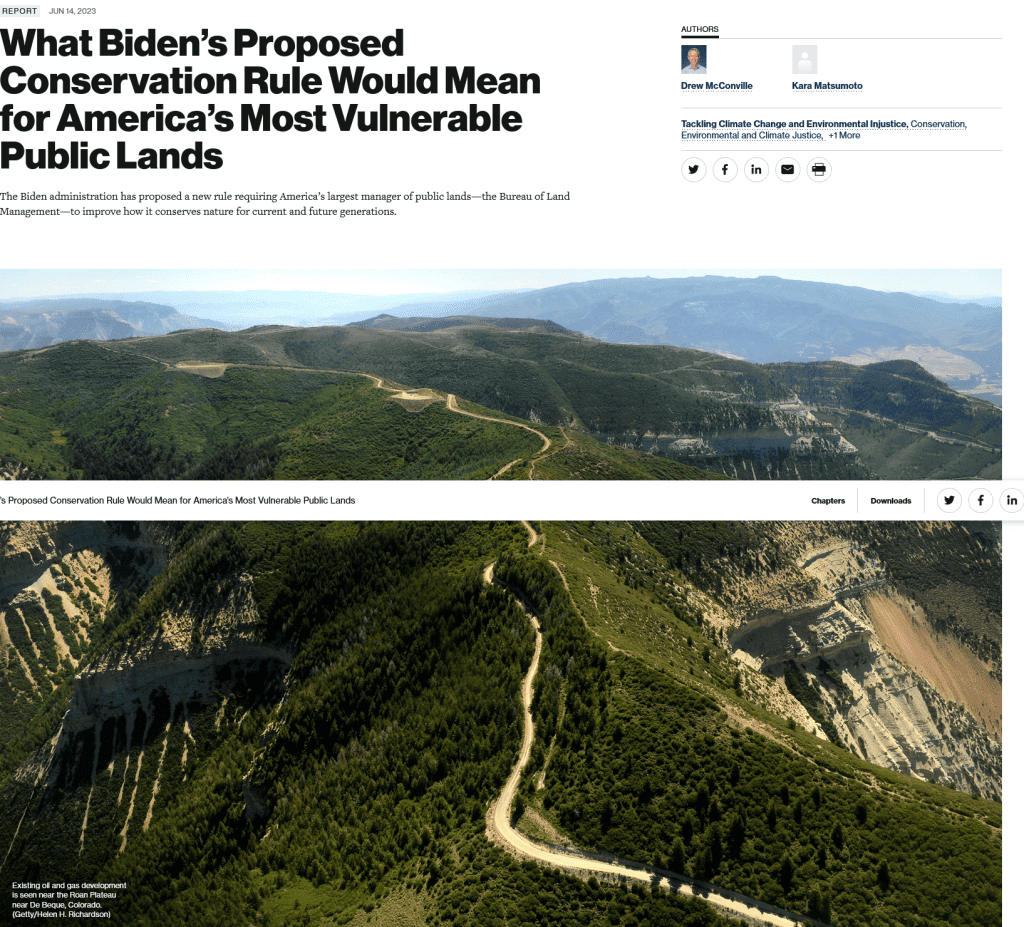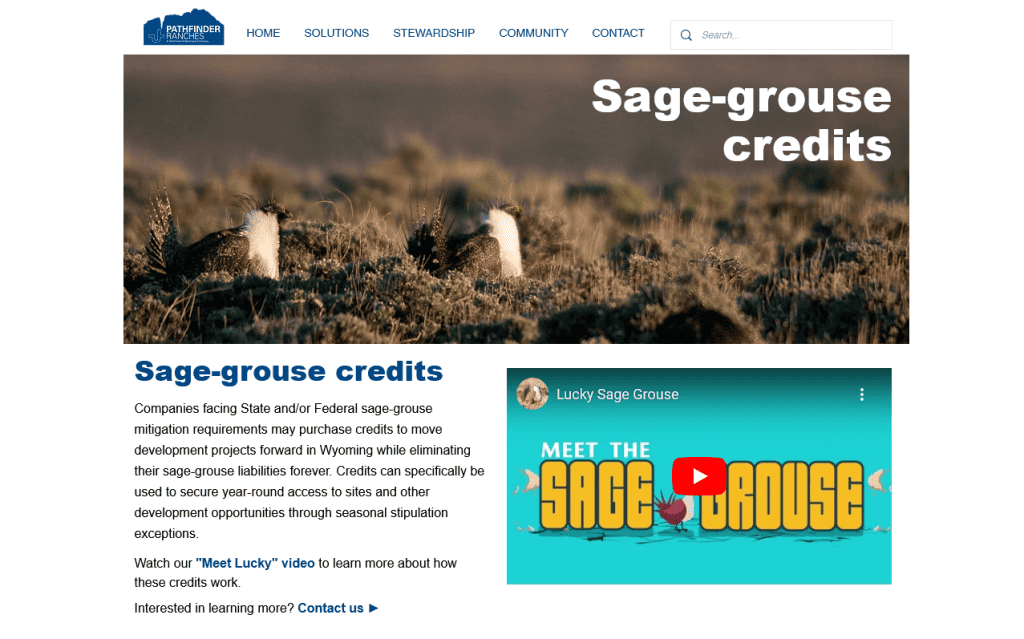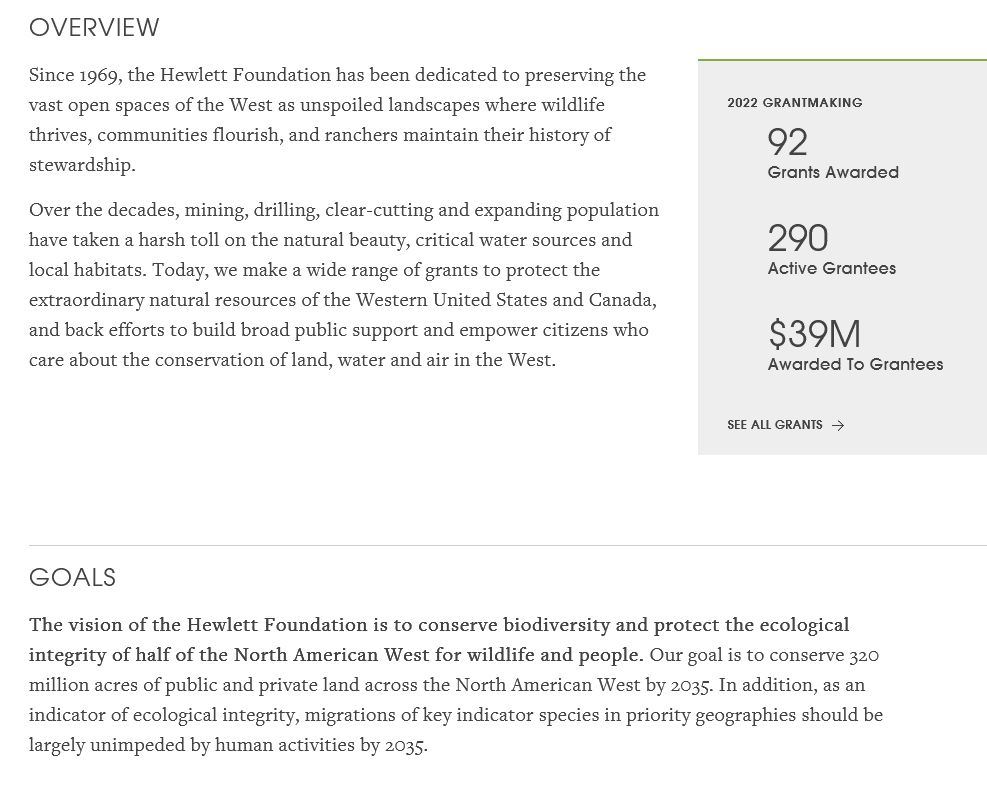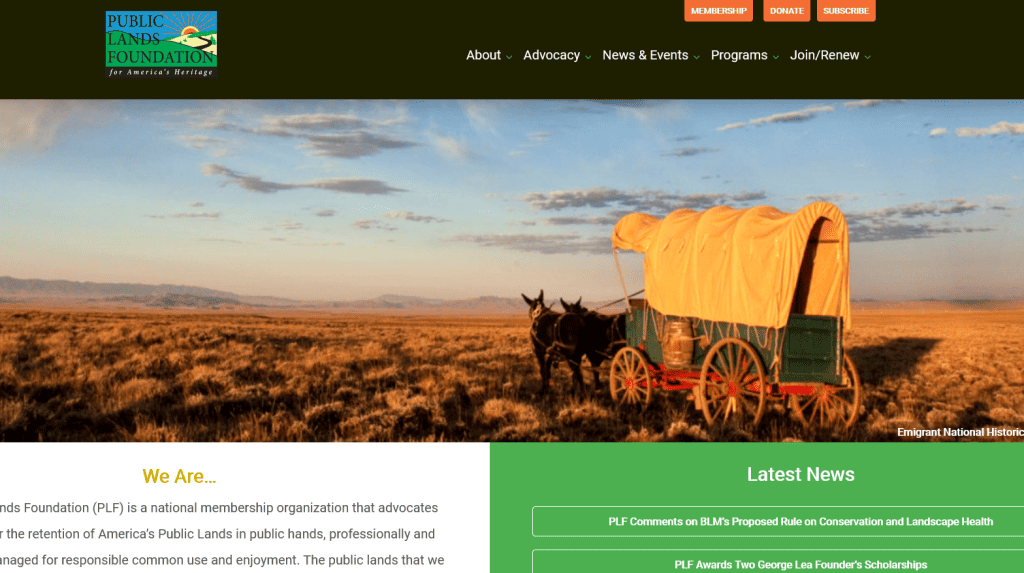
I’ve been thinking about the BLM Public Lands Rule, and why the coverage in the press has been so superficial. Stepping way back, I’ve noticed this dynamic.
A D Administration proposes something for federal lands that may have outsize impacts on parts of the West. Republican elected officials from those areas respond negatively. Discussion in media focuses on this as a political dispute (generally Red folks bad, Blue folks good, and hey, did we mention the Bundys?). All the people in the middle who have concerns don’t seem to be included in the coverage. So those of us who want to dig into it deeper, say for our comment letter, don’t really get to hear from any of the other people who have concerns. Again, as I posted earlier, I’m looking for an example of coverage in which the reporter digs deeper on this topic.
Again, so far the only outlier on this I’ve seen has been Sammy Roth’s coverage of the solar industry’s comments, with posts about it here and here. Sammy is fairly unique among reporters as he’s been following the tension between environmental protection and build-out of renewable energy infrastructure on federal lands for some time.
But today let’s turn our attention to another comment letter, that of the Public Lands Foundation, an organization of mostly current and former BLM employees. Their letter is very thoughtful and quite comprehensive- they even answered each specific question. They have a unique perspective based on their experiences of work that is already going on, and how a new regulation could contribute to, confuse or possibly hamper existing efforts. I recommend reading the entire letter, but will try to highlight some of their points here. Note: the folks at PLF have not reviewed my interpretation of their letter nor my choice of what to highlight. Their conservation leasing/mitigation comments will be in another post.
If I were to summarize their letter, I’d say:
1. BLM works with a variety of partners, within a very complex context of statutes that everyone more or less understands. Why mess around with terminology and confuse the public?
As a final but important point, when engaging in such complex collaborative efforts, it is important that all parties understand and agree on the terms being used to describe conservation goals and outcomes. In a few places, changes in terminology might be considered. For example, Section 6102 of the Proposed Rule describes and relies upon the conservation values which the FLPMA identifies for protection (Section 102(a)(8)). Then the Proposed Rule introduces scientific terms such as “intactness” and “resilience” that, while common and consistent with scientific methods and measures for assessing and protecting those same values, may cause confusion because they are not in general public use in relation to public lands. It may be helpful to:
o Replace “ecosystem resilience” with “achieving sustainability,” a concept long accepted as an outcome or measure of resilience and landscape health. With this shift in wording, the Proposed Rule would be substantively similar. It would state achieving sustainability requires that “ecosystems… have the capacity to maintain and regain their fundamental structure, processes, and function when altered by environmental stressors such as drought, wildfire, nonnative invasive species, insects, and other disturbances.”
o Similarly, the “intactness” concept might be replaced with “proper functioning” terminology which represents the state of physical processes that include interactions among hydrology, vegetation, and geomorphology (soils and landform). The use of more broadly understood terminology might avoid some unnecessary arguments over semantics already in evidence in media coverage of the Proposed Rule
Sharon’s take:
Since BLM is not an island, but rather part of a complex ecosystem of Tribes, federal and state agencies, local folks, visitors, permittees and NGOs of all shapes, sizes, and inclinations, and wants to be a good partner (presumably) they should try to make things simpler rather than adding more abstractions that complexify things with the public. Someone more cynical than I might harken to these words of George Orwell:
The great enemy of clear language is insincerity. When there is a gap between one’s real and one’s declared aims, one turns as it were instinctively to long words and exhausted idioms, like a cuttlefish spurting out ink.
I’ve been thinking of Orwell quite a bit while considering this rule, since it started with the concept of “non-use is use.” Actually, I think the declared aim.. to put a permanent finger on the scale for non-use, is pretty clear. But the additional language around “you current (and future potential) users have nothing to worry about” appears to be a word-swamp conducive to mistrust-breeding.
2. ACECs- this is a paperwork reduction concern, but capacity is important...
The ACEC section would also benefit from more clarity concerning treatment of proposals in the NEPA portion of the planning process. The requirement that planning documents include one alternative “that analyzes in detail all proposed ACECs” should be modified to state that BLM would have an alternative that “lists all ACEC proposals and identifies that they will be analyzed in detail or discloses the rationale why any proposal is not carried forward for further analysis.” Such a change would protect the principle “to provide for informed decision-making on the tradeoffs associated with ACEC designation.” Most proposals would be analyzed while the time and expense of carrying clearly unreasonable proposals through the analysis process, could be avoided. With disclosure, BLM could also be held accountable for any determination not to carry a proposal forward.
3. They already have lots of data to make “wise decisions” and if they need more, should work with partners to get it.
Recognize that extensive regional data sets and assessments already exist. The BLM should build on this existing work. Where these data sets and assessments need to be augmented with more fine-grained, local information, the BLM should work with its partners to pull together the required information as efficiently as possible. In many instances, the Ecological Site Inventories of the 1980s were conducted by crews that operated across Districts or regions within a state. Current available technology, including remote sensing, can also greatly expedite this work.
***
Given the way the Proposed Rule is written, it would be easy to assume that the identification of intact ecosystems, the identification of restoration priorities, and the application of land health fundamentals are discrete “activities” and that these activities can or should be conducted field office by field office. From PLF’s perspective, both of these assumptions would be wrong. The identification of resilient ecosystems and restoration priorities are interconnected activities as is the application of the land health fundamentals, especially at larger landscape or geographic scales. Given the fact that multiple spatial scales are involved, it would be counterproductive to approach all parts of this work field office by field office. Significant improvements in the efficiency, quality and usefulness of these activities can be achieved by designing processes that involve multiple levels of the agency and cooperating with other agencies as this work is conducted. Integrating and focusing these inventories, assessments and planning activities will better facilitate implementation of the rule, while also enabling the BLM to make more efficient use of its limited resources.
Sharon’s take: It doesn’t take a regulation to collect more info. Some people think collecting more info will make decisions go their way more. I don’t know how it works in practice.. it certainly makes more work for employees, and maybe some contracting opportunities for favored info sources.
4. Potential for More Public Involvement in Implementation
The BLM treat implementation steps as another opportunity for further public engagement. This approach would give the agency access to a broad set of practical ideas, based on the forty-plus years of experience since conservation standards were established in FLPMA, that could work well in various regions, states, and localities. The same approach might also help identify what has not worked and steps to avoid unnecessary controversy. There is precedent. In the late 1980’s, on the advice of the Solicitor’s Office, the BLM provided the public with an opportunity to comment on the “draft” land use planning manuals. In 2015 the BLM also provided the public with an opportunity to comment on the “draft” Instruction Memoranda implementing the Greater Sage-grouse land use plan amendments.
Sharon’s take:
If the proposal goes forward, as seems likely, this looks like a potential peace-making gesture, and could help make up for the relatively restricted current public involvement compared to the FS MOG ANPR. Being gracious in winning is a thing, except perhaps not in politics.
5. Capacity Issues.
Sharon’s take: The PLF is not the only source to bring this up. Folks at our Denver public meeting did as well. Much of this might be extra work for employees, who are currently hard-pressed to do what is currently required by law. Not to speak of funding that might be used to conduct restoration activities directly instead of more analysis and developing more complex permitting processes. I bet that each Field Office has a list of restoration needs to be met.. plus more solar and wind permitting, plus recreation and wildfire mitigation projects.. why not just shovel a bunch of that IRA and BIL $ directly into a jointly prioritized- with the public- list of activities?
****************************
Next stop: Digging into Conservation Leases and Mitigation
